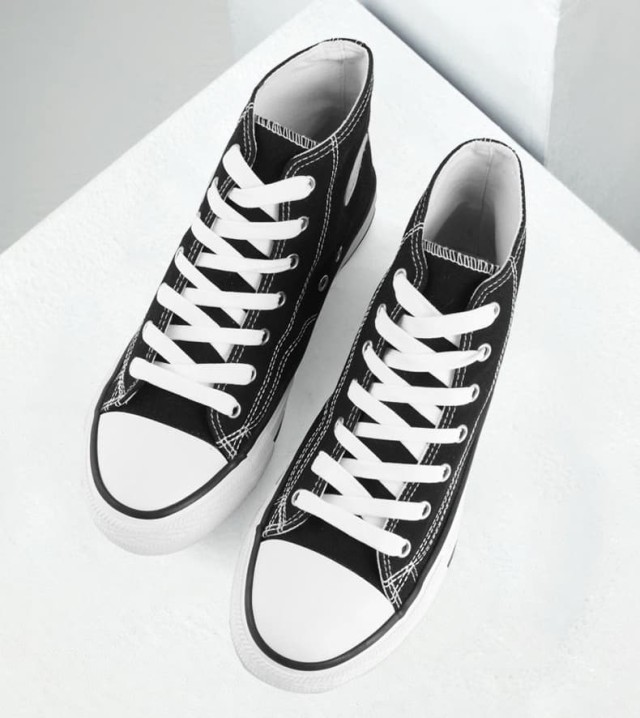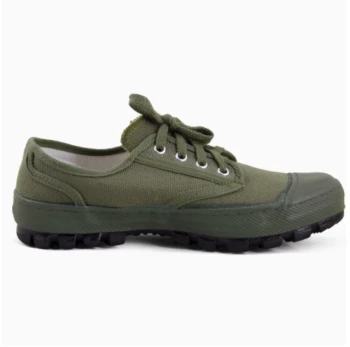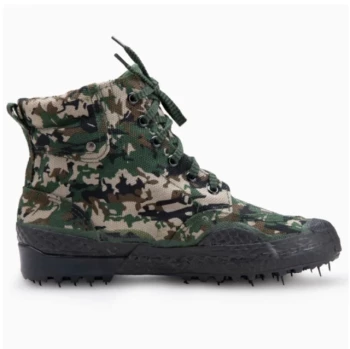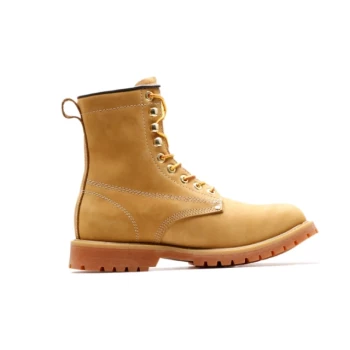Understanding shoe construction isn't just about aesthetics—it directly affects comfort, durability, and performance. Whether you're a skateboarder prioritizing board feel or a runner needing impact absorption, the choice between vulcanized and cupsole designs shapes your experience. Here's how to match construction to your needs.
Cupsole vs. Vulcanized: Decoding Shoe Construction
The Science Behind Vulcanized Bonding
Vulcanized soles are created by heating rubber to bond it directly to the shoe's upper. This process yields:
- Thinner, lighter soles that mimic barefoot movement—ideal for skateboarders needing precise control.
- Faster break-in time, as the flexible materials adapt quickly to foot shape.
- Enhanced grip, especially on smooth surfaces, due to the rubber's natural traction.
Did you know? Vulcanized designs dominate skate culture because they let wearers "feel" the board beneath them, crucial for tricks and transitions.
Why Cupsole Design Enhances Structural Support
Cupsoles wrap the upper like a protective cup, often stitched or glued for added stability. Key advantages include:
- Superior shock absorption, critical for high-impact activities like basketball or trail running.
- Longer lifespan, as the layered construction resists wear from repetitive motion.
- Torsional stability, reducing foot fatigue during lateral movements (e.g., tennis side-steps).
Pro Tip: Cupsoles are heavier but excel in structured support—perfect for athletes prioritizing joint protection over flexibility.
Performance Breakdown: Flexibility vs. Durability
Impact Absorption in Sports and Skateboarding
- Vulcanized shoes transmit more ground feedback, beneficial for skateboarders who rely on tactile response. However, they offer less cushioning against hard landings.
- Cupsoles distribute force evenly, reducing stress on knees and ankles. Research shows this design lowers injury risk in sports involving jumps or uneven terrain.
Longevity Under Different Wear Conditions
- Daily urban use: Vulcanized soles withstand casual wear but may degrade faster under abrasive surfaces (e.g., rough pavement).
- Rigorous activity: Cupsoles maintain shape and cushioning over time, even with heavy use. Their multi-material construction resoles compression better.
Consider this: A cupsole hiking boot might last twice as long as a vulcanized counterpart on rocky trails, but the latter would be preferable for light, flexible urban wear.
Choosing Your Match: Activity-Driven Recommendations
Best Vulcanized Shoes for Board Feel and Lightweight Use
Opt for vulcanized designs if you:
- Skateboard (especially street or transition styles).
- Prefer minimalist sneakers for casual wear.
- Value flexibility over arch support.
Example use case: A distributor stocking shoes for youth markets might prioritize vulcanized models, as they align with skate and streetwear trends.
When to Opt for Cushioned Cupsoles
Choose cupsoles for:
- High-impact sports (e.g., basketball, running).
- Work boots needing all-day support.
- Outdoor activities requiring traction and durability.
For bulk buyers: Cafeterias or warehouses ordering non-slip work shoes should consider cupsole designs for their slip resistance and long-term cost efficiency.
Ready to Elevate Your Footwear Line?
3515 specializes in scalable production of both vulcanized and cupsole shoes, tailored to distributors and brands. From trend-driven skate shoes to rugged outdoor boots, our expertise ensures quality that meets your market's demands. [Contact 3515 today] to discuss your next order.
Final thought: Like tires on a car, shoe soles are the foundation of performance. Matching construction to movement isn't just smart—it's a stride toward better comfort and results.
Related Products
- Durable Rubber Sole Outdoor Shoes Wholesale & Custom Manufacturing
- Wholesale High-Traction Camo Boots - Custom Manufacturer for Brands
- Durable Rubber-Soled Utility Shoes for Wholesale & Custom Brand Manufacturing
- Wholesale Durable Camo Canvas Shoes with High-Traction Rubber Soles
- Durable Canvas Work Shoes with Rubber Lug Sole | Wholesale Manufacturer
Related Articles
- How Vulcanized Rubber Engineering Creates Unbeatable Outdoor Boots
- Vulcanized Shoes Decoded: When They Shine and When to Choose Alternatives
- How Vulcanized Rubber Work Boots Outlast Alternatives – And When to Choose Differently
- How Vulcanized Soles Became the Unsung Hero of Urban Footwear Culture
- How Vulcanized Rubber Powers High-Performance Applications Across Industries



















